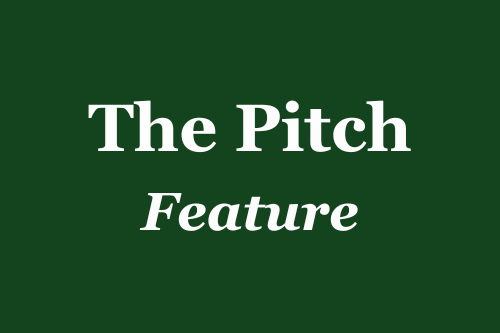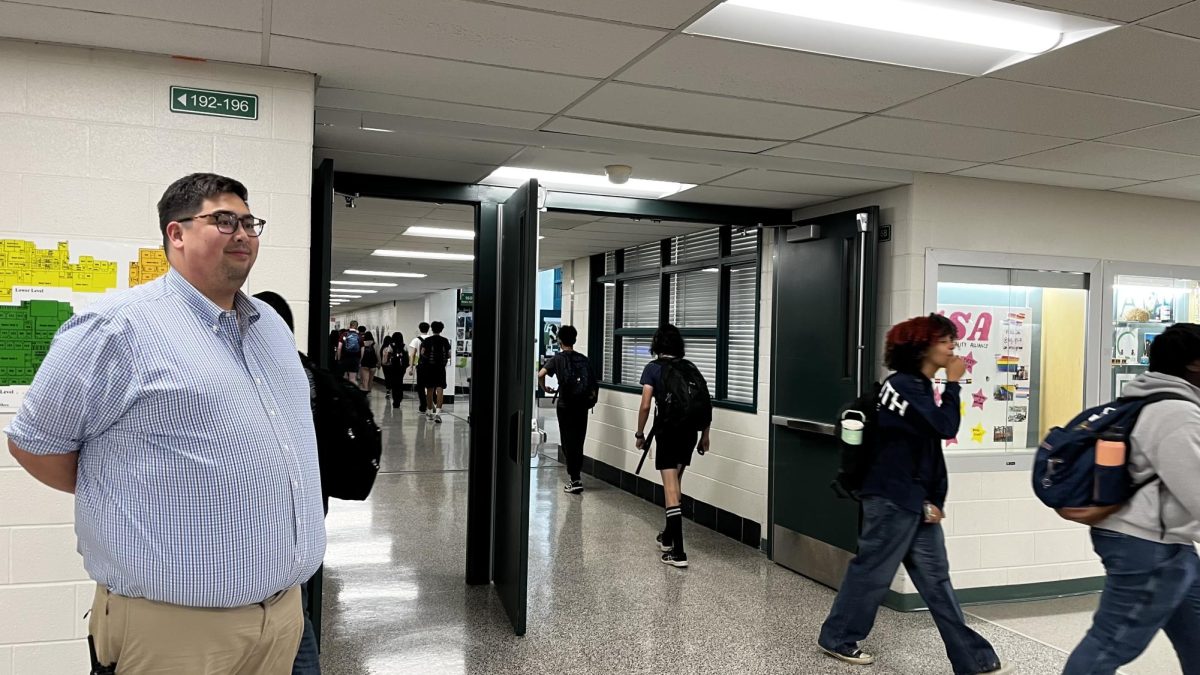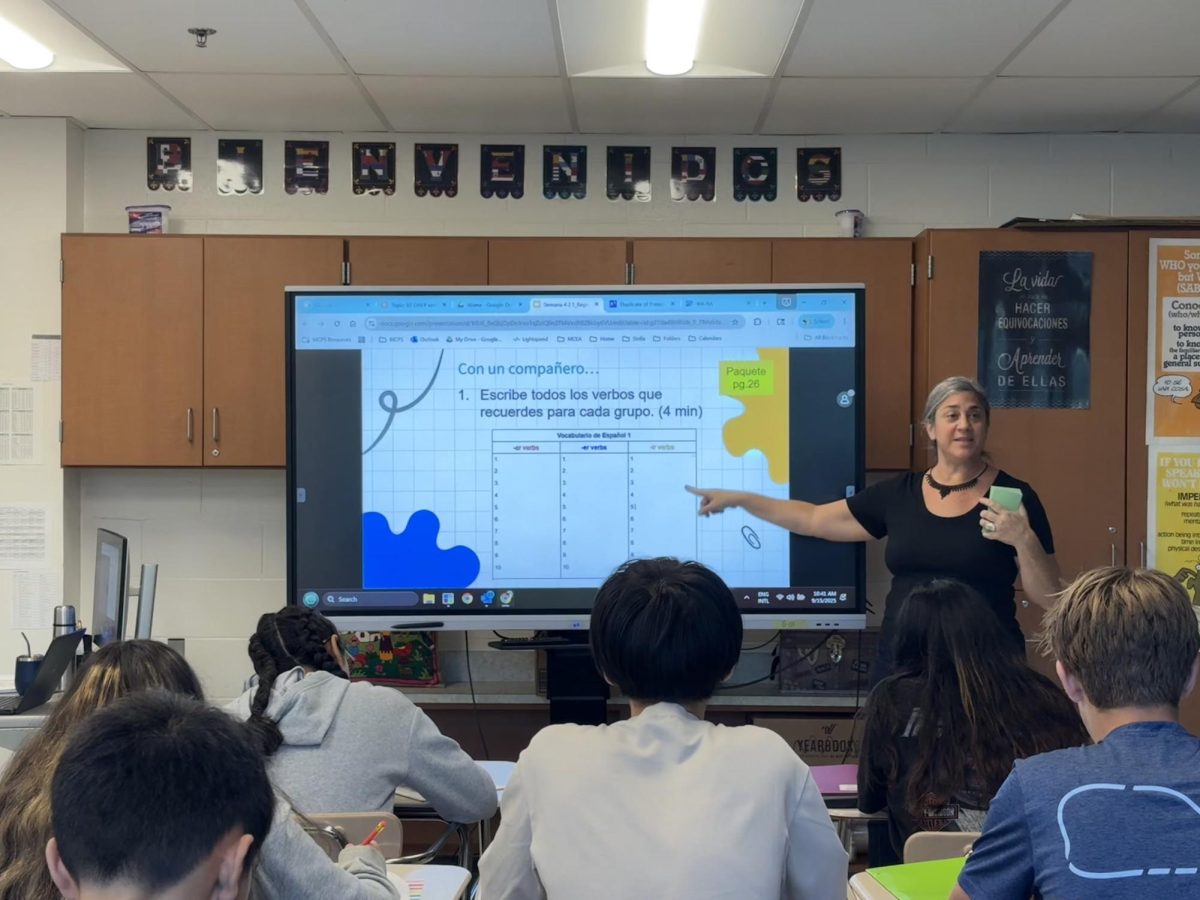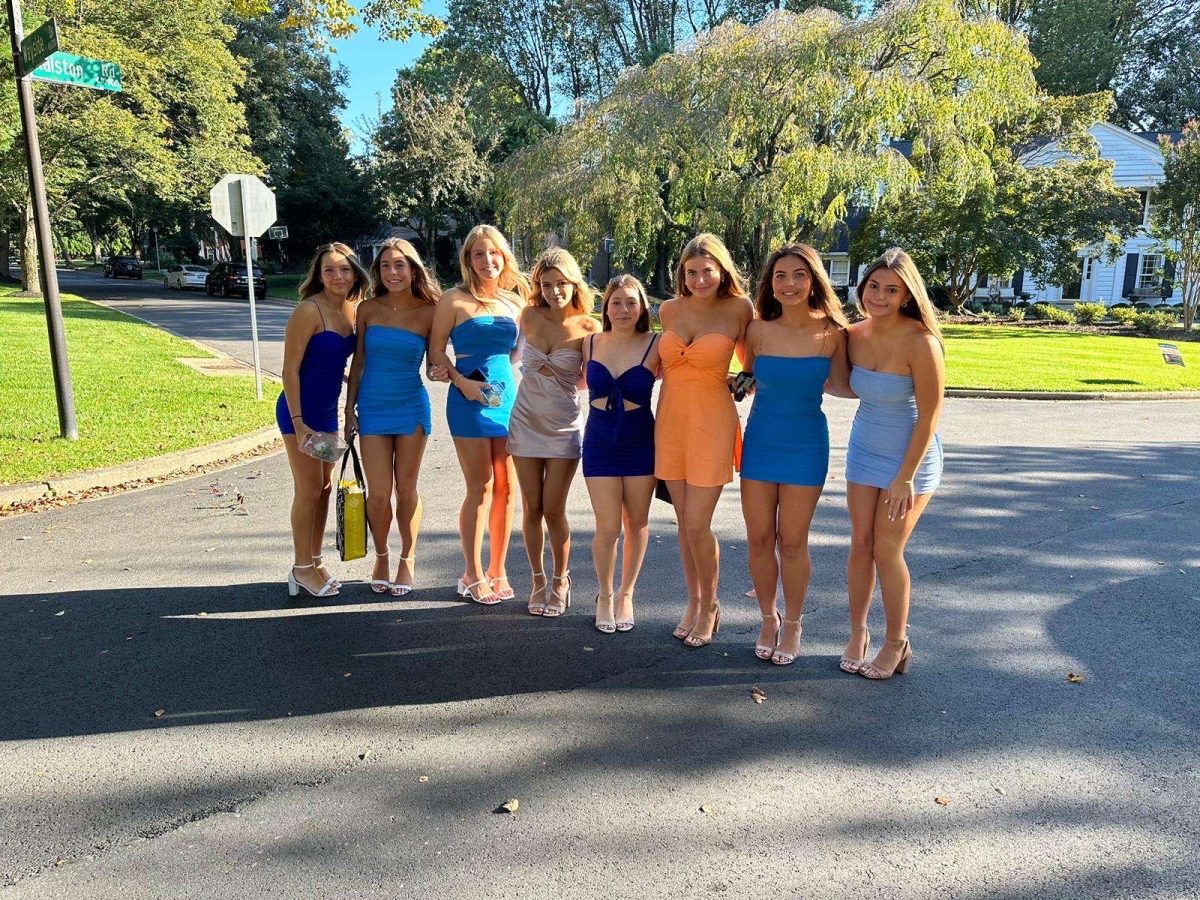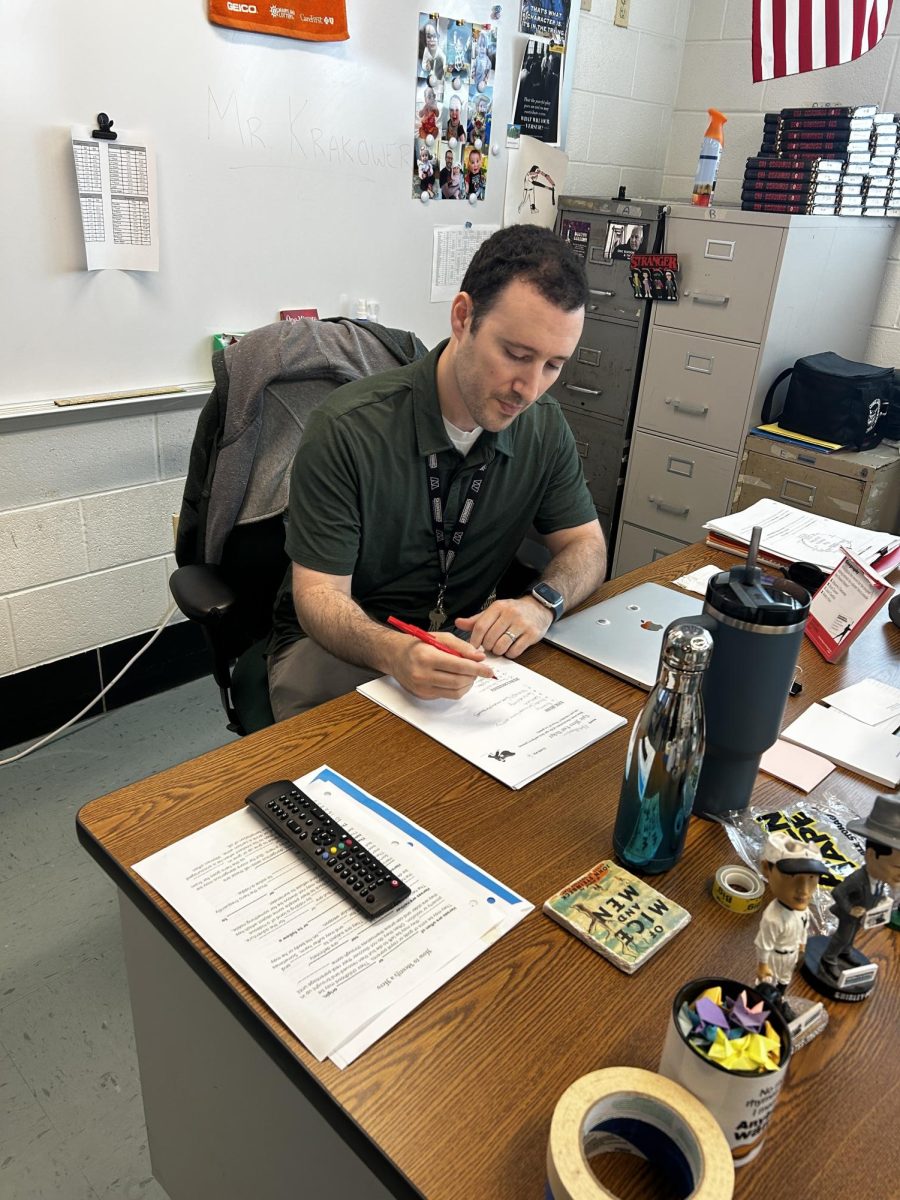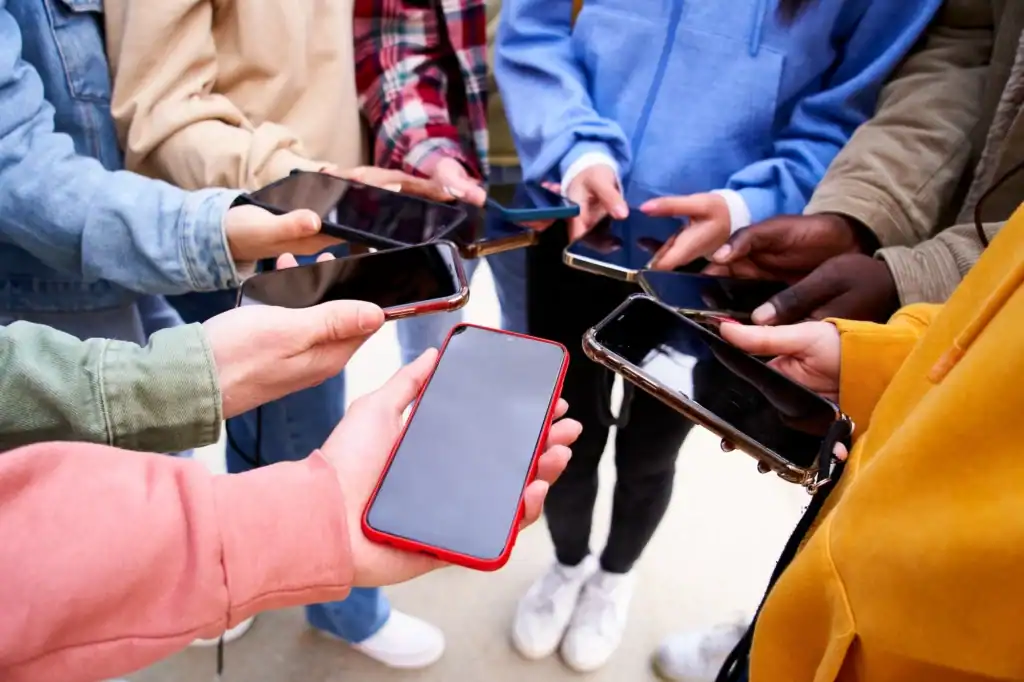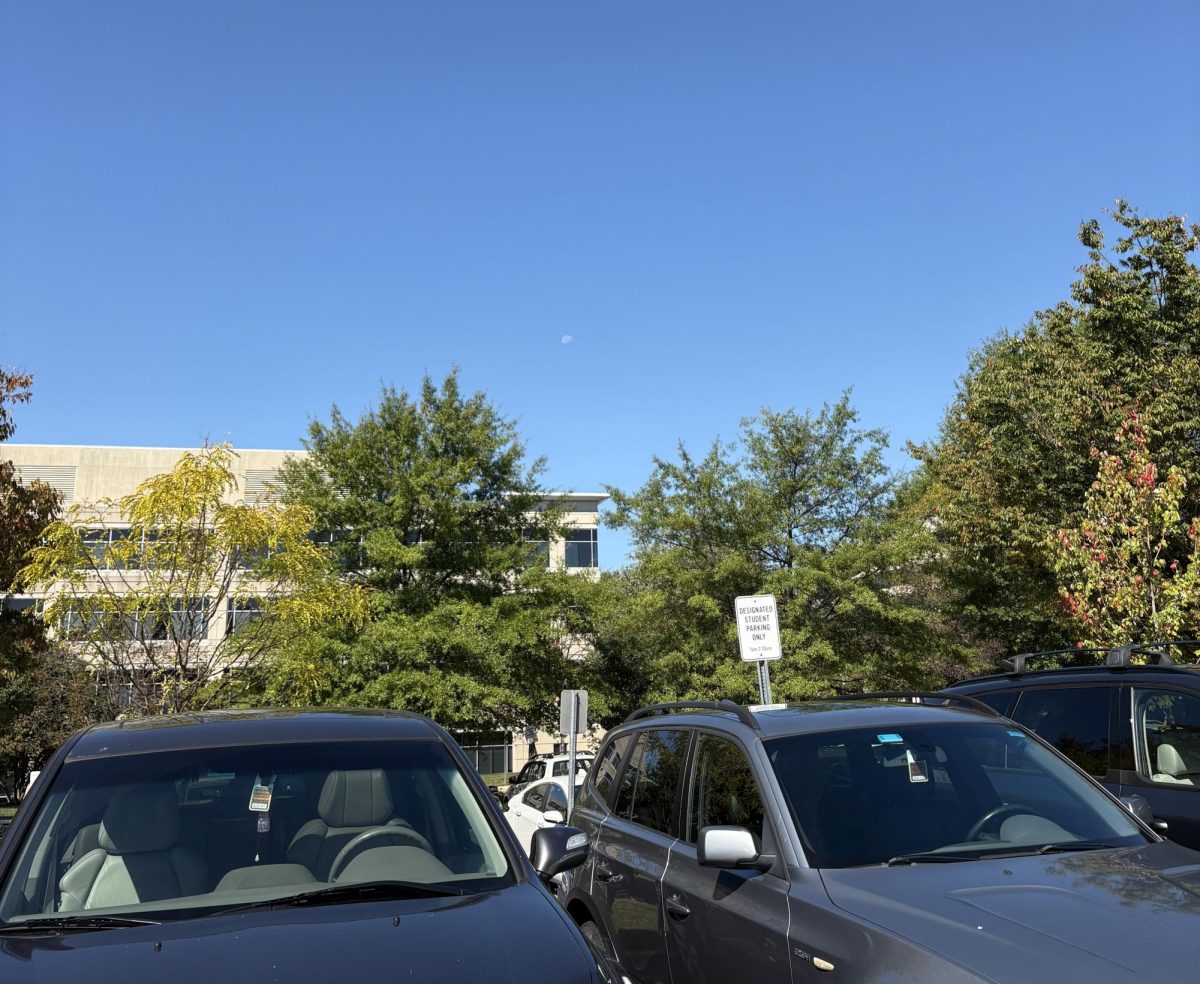When was the last time you came across a meme (or several) that conveyed feelings of depression or anxiety? If you’re a teenager from this generation, it’s likely that it was pretty recently. These posts are known as “relatable memes” or “depression memes.” Memes have evolved from silly images such as Bad Luck Brian, Derp and Troll Face to reaction images, which are images that feature someone, usually a celebrity, making a very overt facial expression, and a caption that relates to the emotion that person’s face is expressing.
These memes can be quite dark, yet deeply resonate with many teenagers. Many of us have started sharing less about what we had for lunch, and more about how we feel about school and stress. Through depression memes, teens express their most intimate thoughts and emotions, as well as their deepest and darkest secrets without judgement. In response we leave comments about how much we can relate, share them with our friends and all laugh together because we are most likely feeling the same exact things.
Contrary to what critics may think, this is an extremely healthy coping mechanism. Viewing these memes is a much better alternative compared to substance abuse or self harm. Depression memes are helping to break the stigma of mental illness and starting a very much needed conversation. Never before have people been able to discuss their feelings so freely and openly. In years passed, depression and other mental illnesses were a source of shame; therefore, people mostly kept those things to themselves. But now, we can sit down together, share in the memes and laugh with each other over, knowing that we’re not alone.






